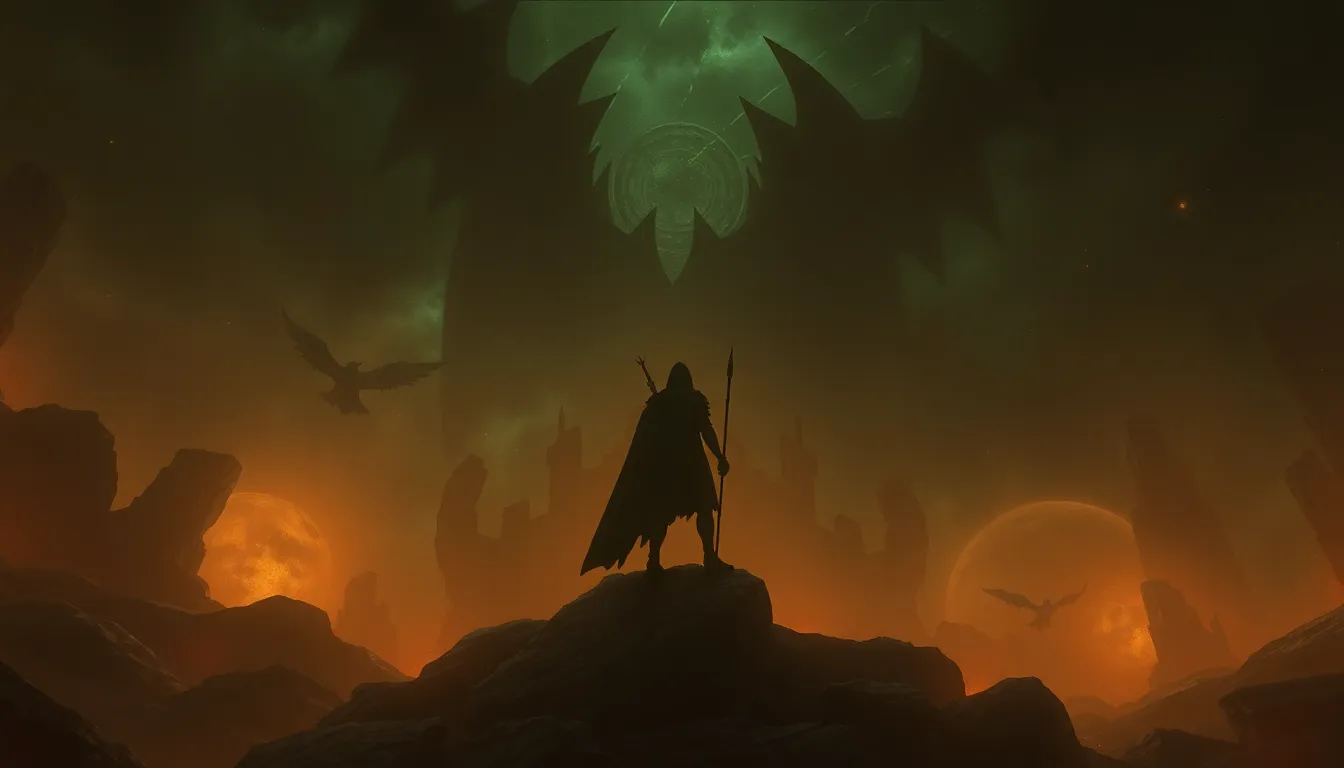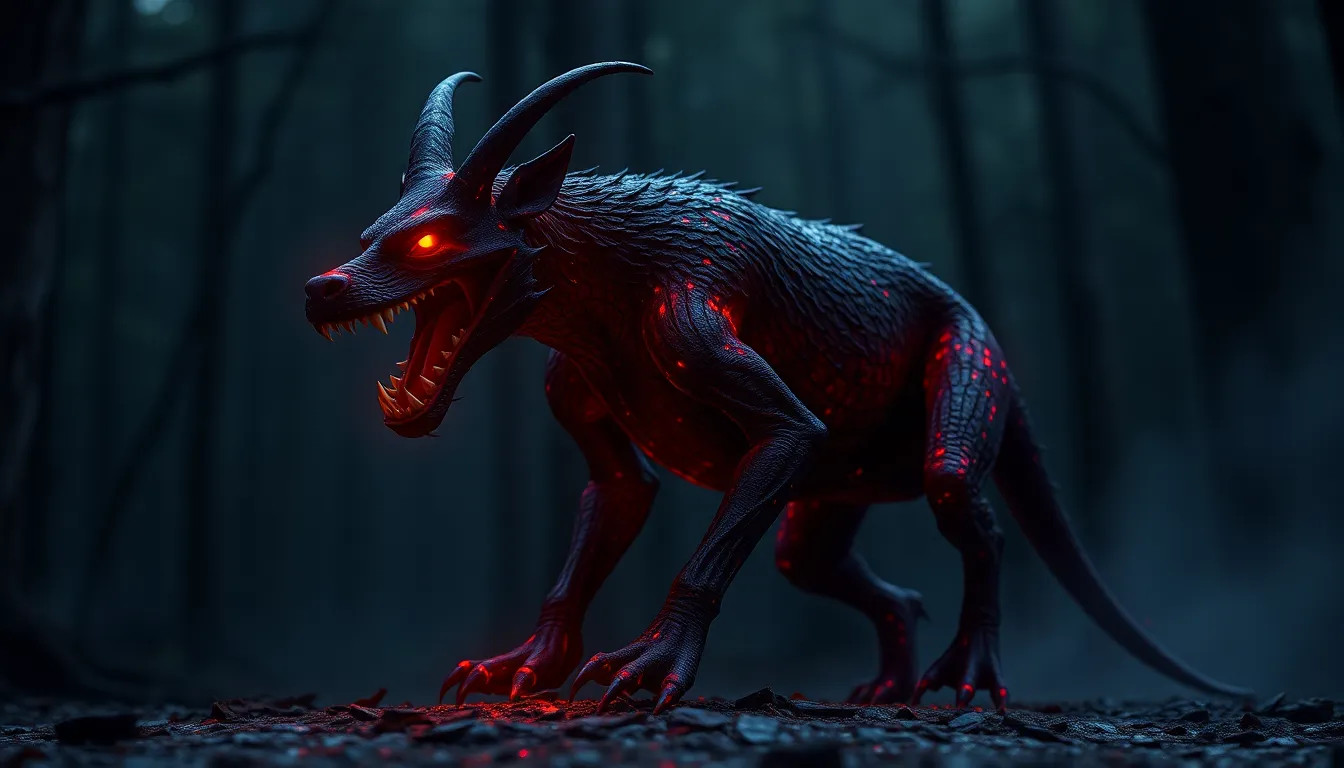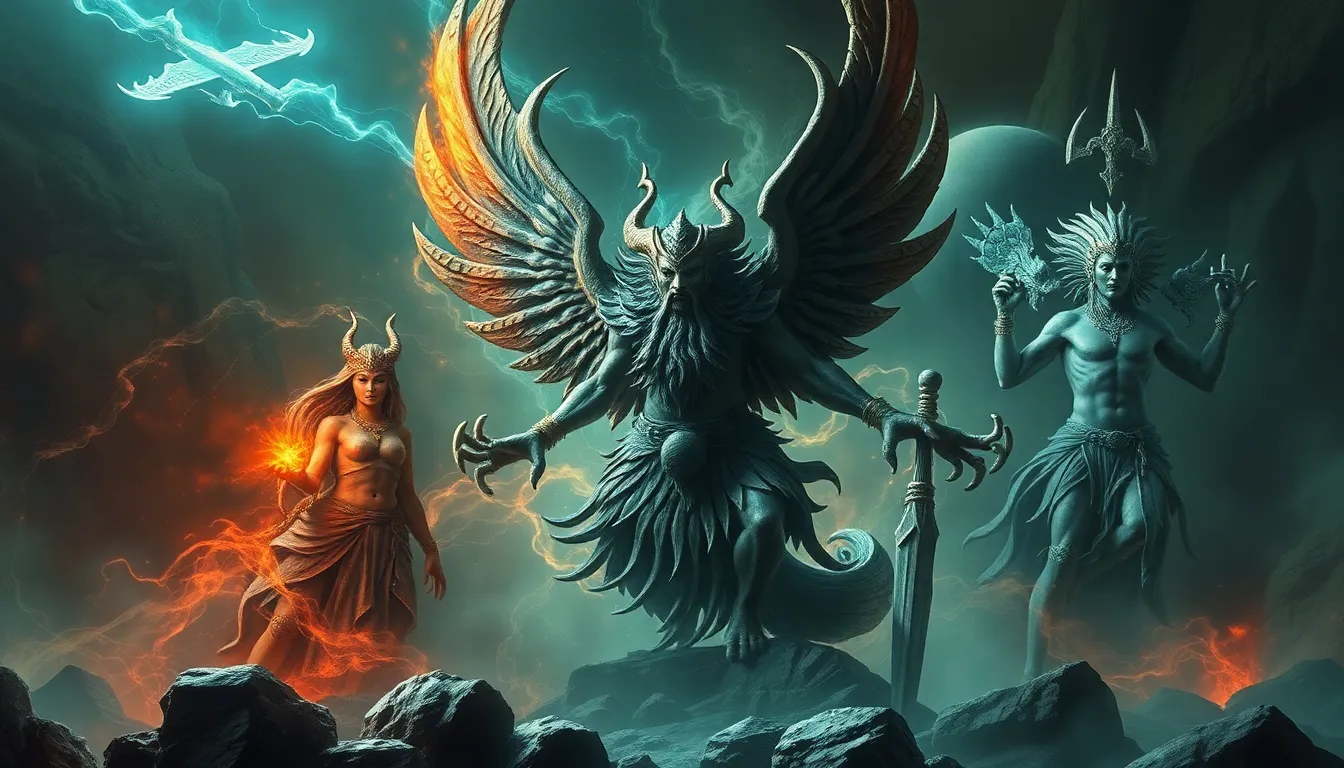Underworld Legends: The Myths That Shape Our Fate
I. Introduction
Underworld legends are narratives that explore the concepts of the afterlife, the journey of the soul, and the deities that govern these realms. These legends often reflect the cultural values and beliefs of societies, providing a framework for understanding mortality and existence beyond death.
Myths play a crucial role in cultural narratives, serving as vehicles for moral lessons, communal identities, and existential questions. They help societies articulate their fears, hopes, and beliefs about life and death, shaping their understanding of fate and destiny.
This article aims to explore the historical context of underworld myths, key figures associated with these legends, prevalent themes, their influence on modern culture, and the psychological and philosophical interpretations that arise from these narratives. Additionally, we will delve into regional variations, contemporary spiritual practices, and critiques surrounding these myths.
II. Historical Context of Underworld Myths
A. Ancient Civilizations and Their Views of the Underworld
1. Mesopotamian beliefs
In ancient Mesopotamia, the underworld, known as Kur, was perceived as a dreary and shadowy realm where souls went after death. The Sumerians believed that all souls, regardless of their earthly deeds, ended up in this gloomy place, emphasizing a rather bleak view of the afterlife.
2. Egyptian mythology
Contrasting with Mesopotamian views, ancient Egyptians had a more elaborate belief system regarding the afterlife. They envisioned a journey through the underworld, where the soul faced judgment by Osiris, the god of the afterlife. Successful navigation through this realm could lead to eternal life in the Field of Reeds, a paradise akin to earthly existence.
3. Greek and Roman interpretations
In Greek mythology, the underworld, ruled by Hades, was a complex place with various regions, including Tartarus for the wicked and Elysium for the righteous. Romans adopted these beliefs, adding their interpretations and emphasizing moral lessons through tales of the afterlife.
B. The Evolution of Underworld Legends Over Time
Over the centuries, underworld legends have evolved, influenced by cultural exchanges, religious transformations, and philosophical inquiries. From early myths that presented a static view of the afterlife to more dynamic interpretations that incorporated notions of judgment and rebirth, these legends continue to adapt to societal changes.
III. Key Figures in Underworld Myths
A. Deities of the Underworld
1. Hades and Persephone (Greek)
Hades, the god of the underworld, is often depicted as a stern ruler who presides over the dead. His abduction of Persephone, the goddess of spring, illustrates themes of seasonal change and the cycle of life and death.
2. Osiris (Egyptian)
Osiris, a central figure in Egyptian mythology, represents resurrection and the afterlife. His story, involving death and rebirth, is foundational to the Egyptian belief in the soul’s immortality and the promise of eternal life.
3. Yama (Hindu)
Yama, the Hindu god of death, oversees the passage of souls to the afterlife. He is both a guide and a judge, embodying the moral implications of one’s actions during earthly life.
B. Heroes and Mortals Who Encounter the Underworld
1. Orpheus and Eurydice
The tale of Orpheus, a musician who descends into the underworld to rescue his beloved Eurydice, highlights the power of love and the consequences of despair. His journey serves as a poignant reminder of the boundaries between life and death.
2. Dante and his journey in “The Divine Comedy”
Dante Alighieri’s “The Divine Comedy” offers a profound exploration of the afterlife, depicting Hell, Purgatory, and Paradise. His encounters with various souls emphasize moral redemption and the journey toward enlightenment.
3. Other notable figures across cultures
- Virgil, guiding Dante through the underworld.
- Inanna’s descent into the underworld in Sumerian mythology.
- Gilgamesh’s quest for immortality in Mesopotamian literature.
IV. Themes and Symbols in Underworld Legends
A. Death and Rebirth
The theme of death as a precursor to rebirth is prevalent in many underworld myths. This cycle reflects the natural order and the belief in life beyond death.
B. The Journey of the Soul
Many legends depict the soul’s journey through the afterlife, often involving trials and tribulations that lead to enlightenment or redemption.
C. Judgement and Moral Lessons
Underworld myths frequently incorporate themes of judgment, where souls face consequences for their earthly actions. This serves to reinforce moral values within the culture.
D. The Role of Darkness and Light
The juxtaposition of darkness and light symbolizes the struggle between good and evil, knowledge and ignorance, often depicted through the imagery of the underworld as a dark place contrasted with the light of the living world.
V. Underworld Myths and Their Influence on Modern Culture
A. Literature and Poetry
Underworld myths have significantly impacted literature and poetry, inspiring countless works that explore themes of death, the afterlife, and human experience. Writers like T.S. Eliot and Sylvia Plath have drawn on these themes to convey deeper existential questions.
B. Film and Television Representations
Modern cinema and television continue to explore underworld themes. Films like “Hercules,” “The Others,” and series such as “Supernatural” showcase interpretations of the afterlife, blending ancient myths with contemporary storytelling.
C. Visual Arts and Popular Culture
Artists throughout history have depicted the underworld in various forms, from classical paintings to modern graphic novels. The symbolism of life, death, and rebirth remains a powerful motif in visual arts.
VI. Psychological and Philosophical Interpretations
A. The Underworld as a Reflection of Human Fears
The concept of the underworld often mirrors humanity’s fears of death and the unknown. It serves as a space to confront these fears, providing narratives that help individuals cope with mortality.
B. Archetypes in Jungian Psychology
Jungian psychology interprets underworld myths as archetypes representing the collective unconscious. The hero’s journey through the underworld symbolizes personal transformation and self-discovery.
C. The Role of the Underworld in Personal Growth and Transformation
Underworld myths often depict journeys that lead to personal growth. The trials faced by characters serve as metaphors for the challenges individuals encounter in their own lives, emphasizing resilience and transformation.
VII. Regional Variations of Underworld Myths
A. Celtic Underworld Legends
Celtic mythology presents a rich tapestry of beliefs regarding the afterlife, with the Otherworld depicted as a place of eternal youth and beauty, contrasting with the more somber views found in other cultures.
B. African Mythologies of the Afterlife
African mythologies offer diverse perspectives on the afterlife, often emphasizing ancestral spirits and the connection between the living and the dead. Ritual practices reflect these beliefs, highlighting the importance of honoring ancestors.
C. Indigenous Perspectives on Death and the Afterlife
Indigenous cultures possess unique views on death and the afterlife, often emphasizing harmony with nature and the cyclical nature of life. These perspectives promote a deep respect for the interconnectedness of all beings.
VIII. The Underworld in Contemporary Spiritual Practices
A. Neo-Paganism and Modern Interpretations
Neo-Pagan movements often draw upon ancient underworld myths, reinterpreting them within modern spiritual contexts. These practices celebrate the cycles of life, death, and rebirth, fostering a deep connection to nature.
B. Shamanic Journeys and the Underworld
Shamanic traditions include journeys to the underworld as a means of healing and gaining wisdom. These practices emphasize the significance of navigating the spiritual realms to foster personal and communal well-being.
C. The Relevance of Underworld Myths in Modern Spirituality
Underworld myths remain relevant



